News Blogs
-
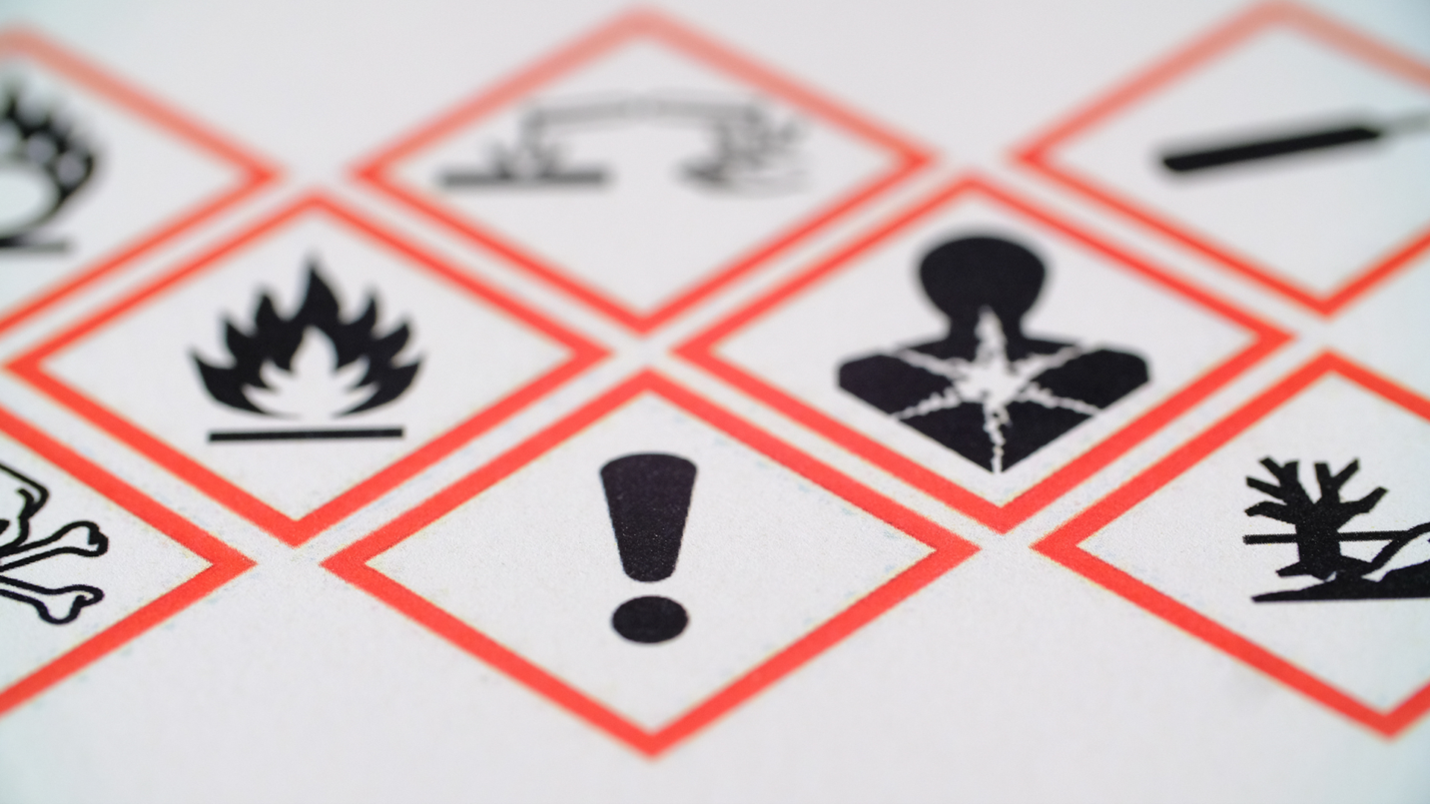
Understanding Section 3 of the SDS – Chemical Composition and Ingredients
Safety Data Sheets (SDS) are vital documents that provide comprehensive information about hazardous chemicals in the workplace. Among the various sections, Section 3 holds crucial details about the composition of the chemical, including its ingredients. In this blog post, we will delve into the significance of Section 3 of the SDS and why understanding chemical […]... Learn more
-

Why Use Software for Chemical Spill Management and Product Compliance?
Ensuring safety and regulatory compliance is non-negotiable in industries where hazardous chemicals are part of everyday operations. Chemical spills, if not managed promptly and effectively, can pose significant risks to human health, the environment, and overall business operations. Likewise, maintaining compliance with product safety regulations is essential for legal compliance and reputation management, where specialized […]... Learn more
-

Do You Have the Correct SDS for Your Product?
Ensuring workplace safety is paramount. As companies handle an array of hazardous materials and chemicals, having the correct Safety Data Sheets (SDS) is crucial. These documents provide vital information on substances’ properties and potential hazards, guiding employees on safe handling, storage, and emergency response procedures. But the question arises: Do you have the correct SDS […]... Learn more
-
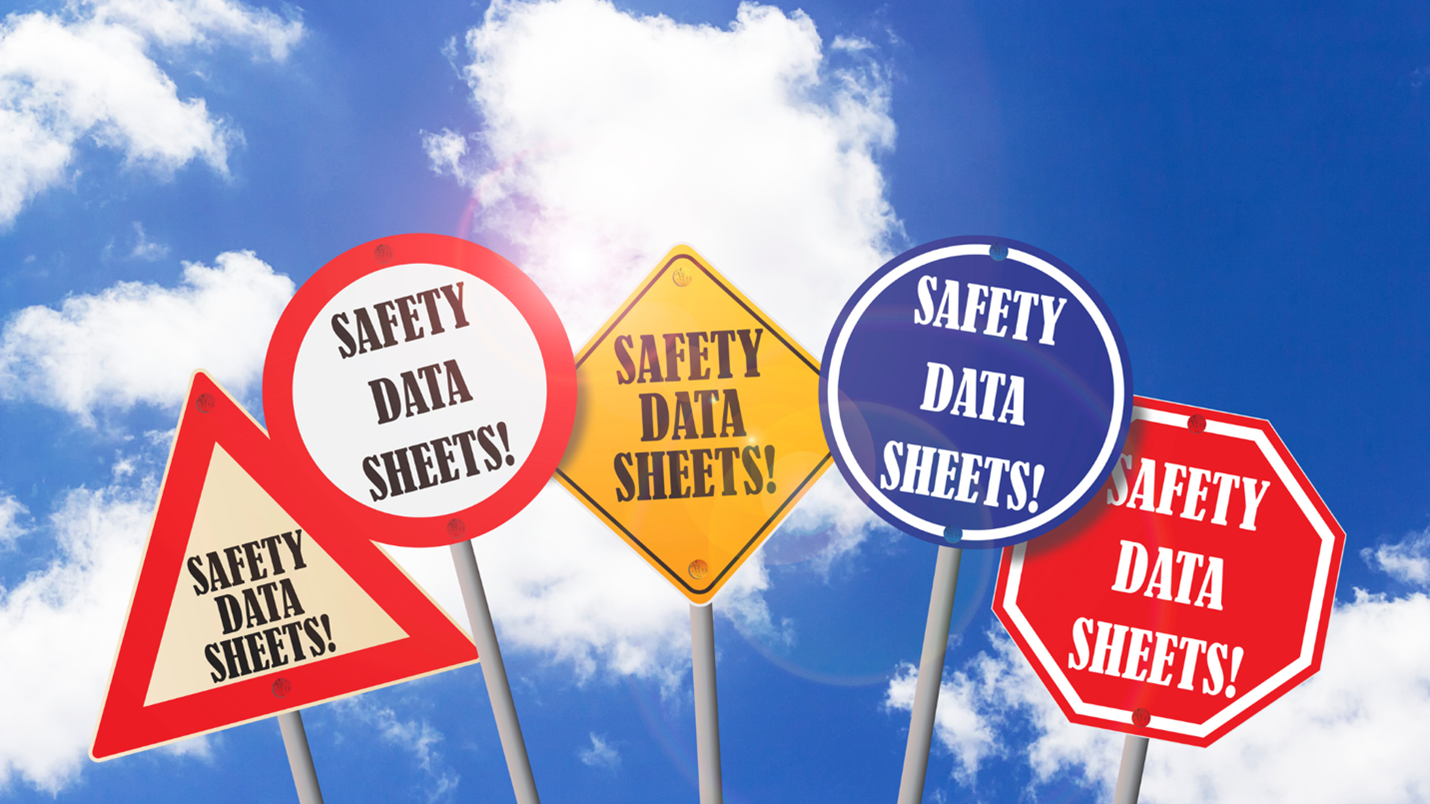
Why Is SDS Authoring So Important?
When it comes to chemical safety and compliance, the safety data sheet (SDS) is a critical document that often flies under the radar but plays a pivotal role in ensuring workplace safety. While it may seem like just another piece of paperwork, SDS authoring is a critical process that holds huge significance for businesses and […]... Learn more
-
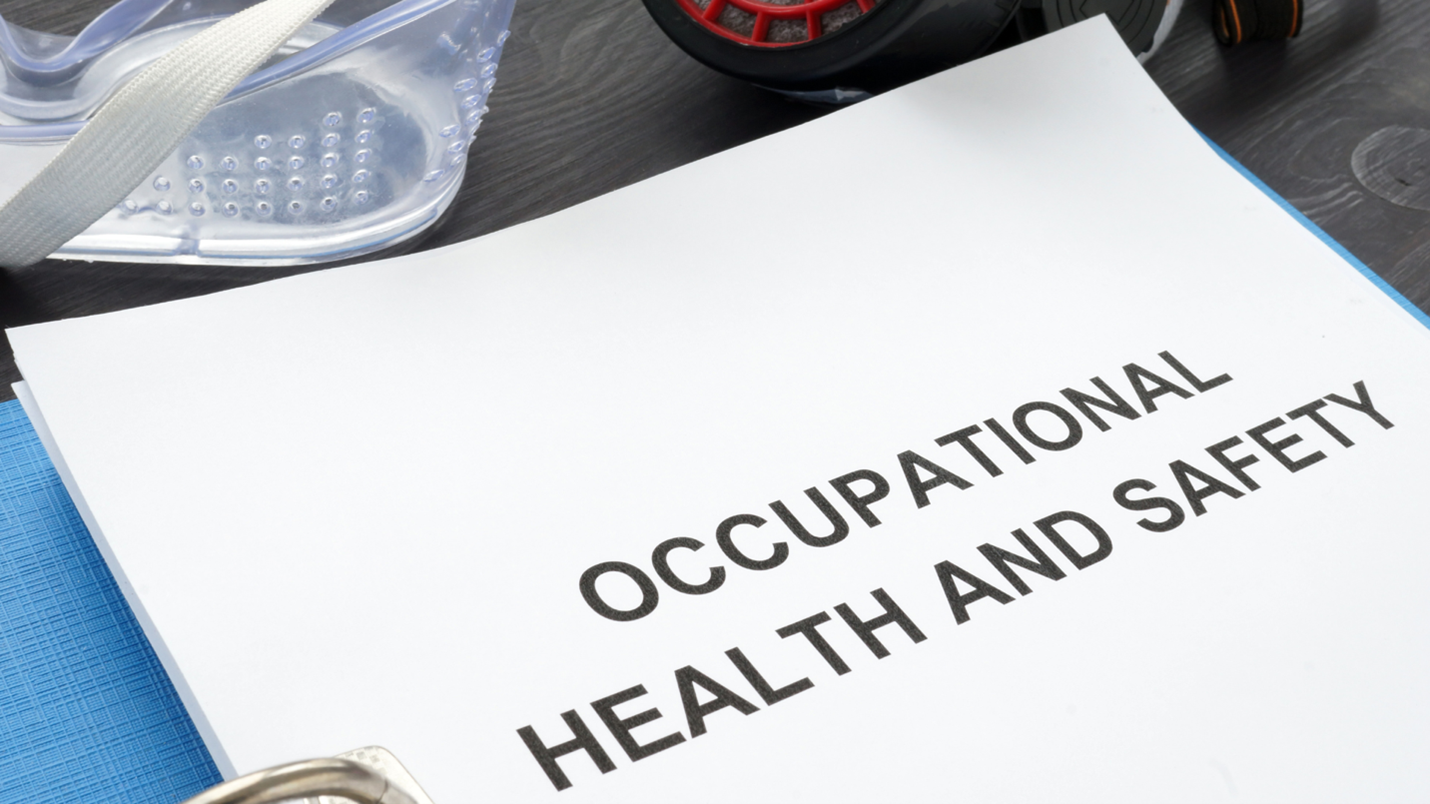
What You Need to Know About OHS Requirements in Canada
Occupational Health and Safety (OHS) is a critical aspect of workplace management, ensuring the well-being of employees and compliance with legal standards. In Canada, OHS requirements are governed by regulations varying by province and territory. In this blog, we’ll explore the key elements of OHS requirements in Canada, shedding light on the importance of compliance, […]... Learn more
-

5 Common Causes of Workplace Injuries and How Proper Training Can Prevent Them
A safe and healthy work environment is fundamental to any successful business. Workplace injuries not only jeopardize the well-being of employees but can also result in significant operational disruptions and financial implications for employers. In this blog, we’ll explore five common causes of workplace injuries and emphasize the crucial role proper training plays in preventing […]... Learn more
-
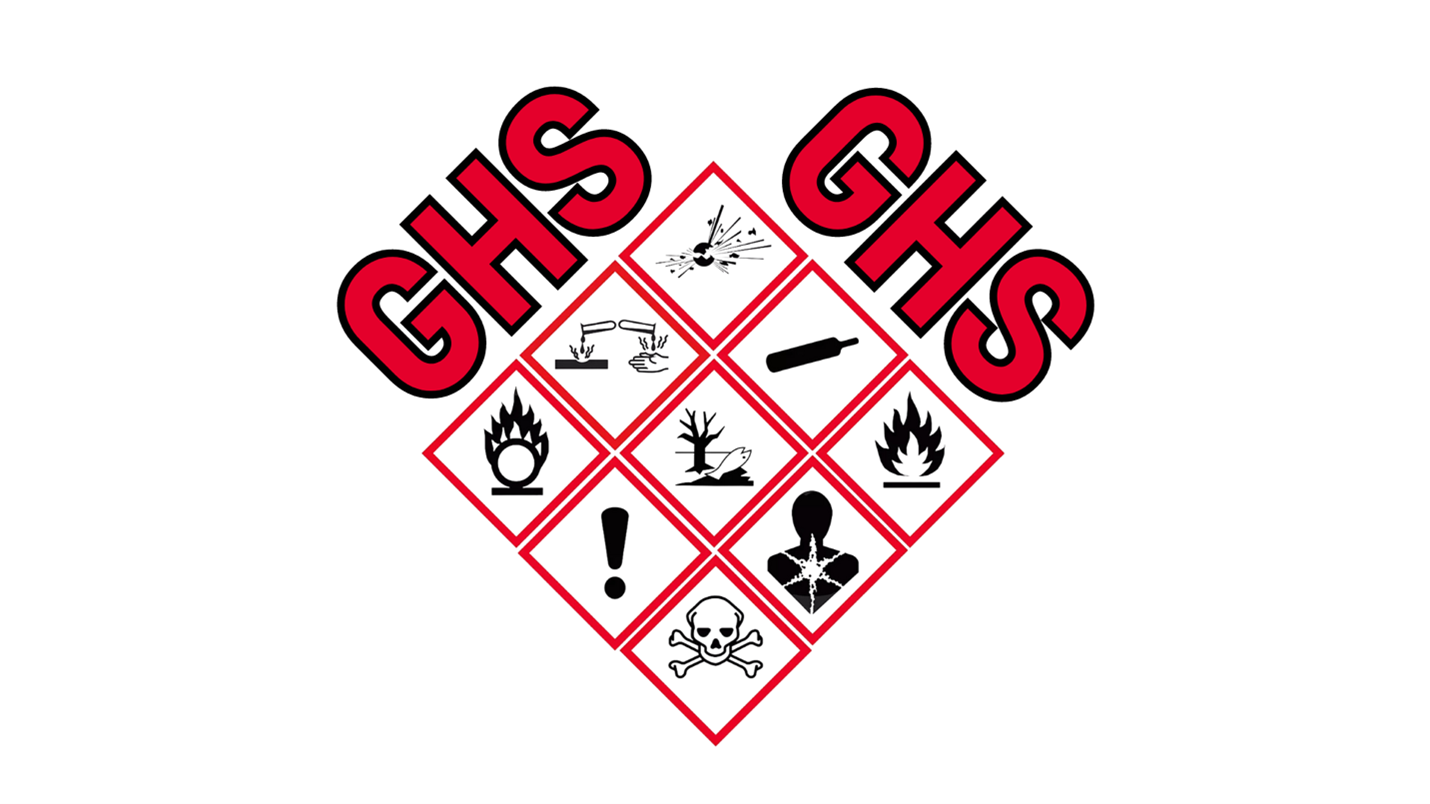
Everything You Need to Know about GHS Hazard Classification
Understanding the Globally Harmonized System of Classification and Labelling of Chemicals (GHS) is crucial for ensuring workplace safety and compliance with international standards. At Global Hazmat, we recognize the significance of GHS hazard classification and are here to guide you through every aspect. In this blog, we’ll cover the essentials of GHS, the key elements […]... Learn more
-
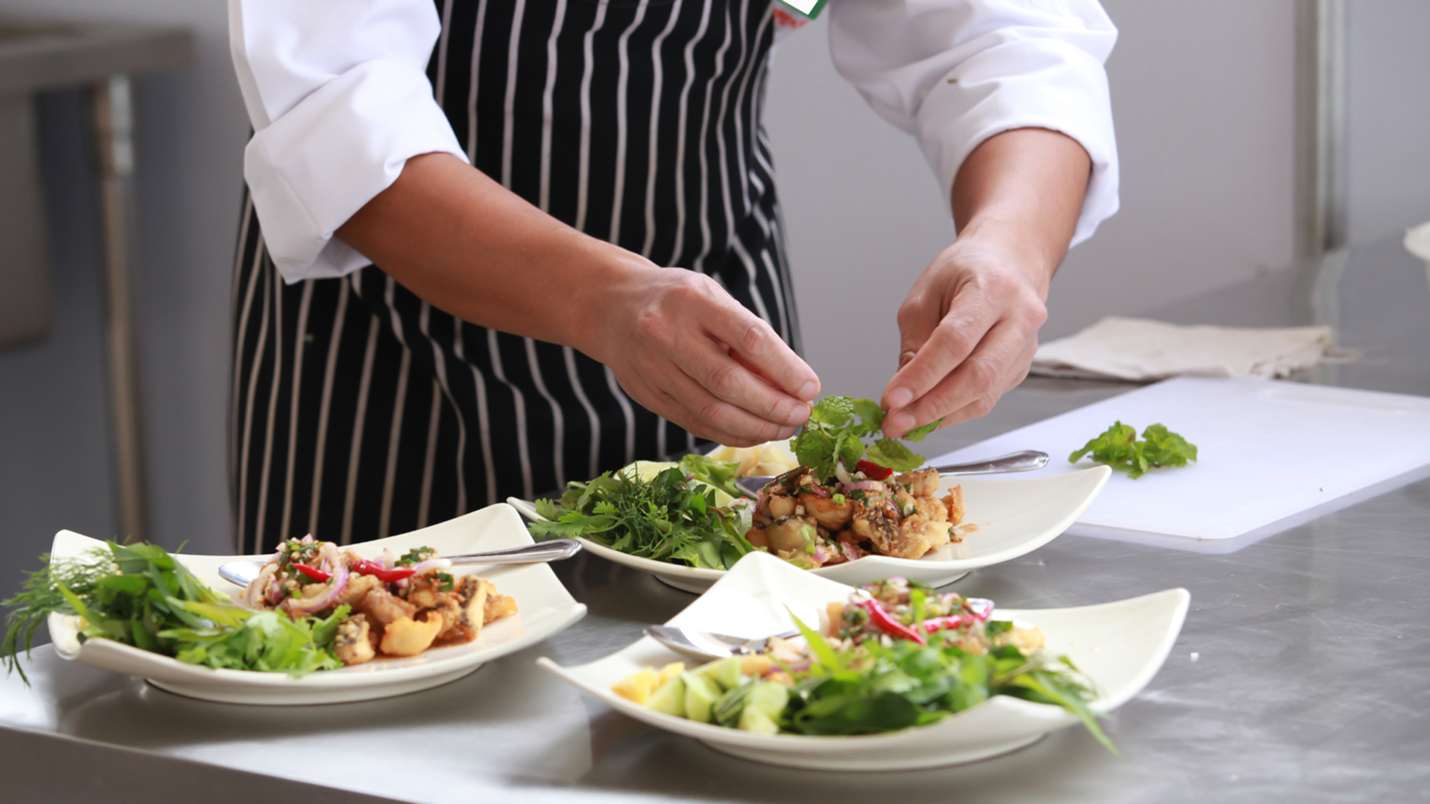
The Importance of WHMIS Training in Preventing Food Contamination
The food industry is a complex web of processes, from sourcing ingredients to the final presentation on a plate. Ensuring the safety and quality of food products is paramount, making comprehensive training essential for everyone involved in the culinary journey. Workplace Hazardous Materials Information System (WHMIS) training is crucial in preventing food contamination. Here’s why […]... Learn more
-
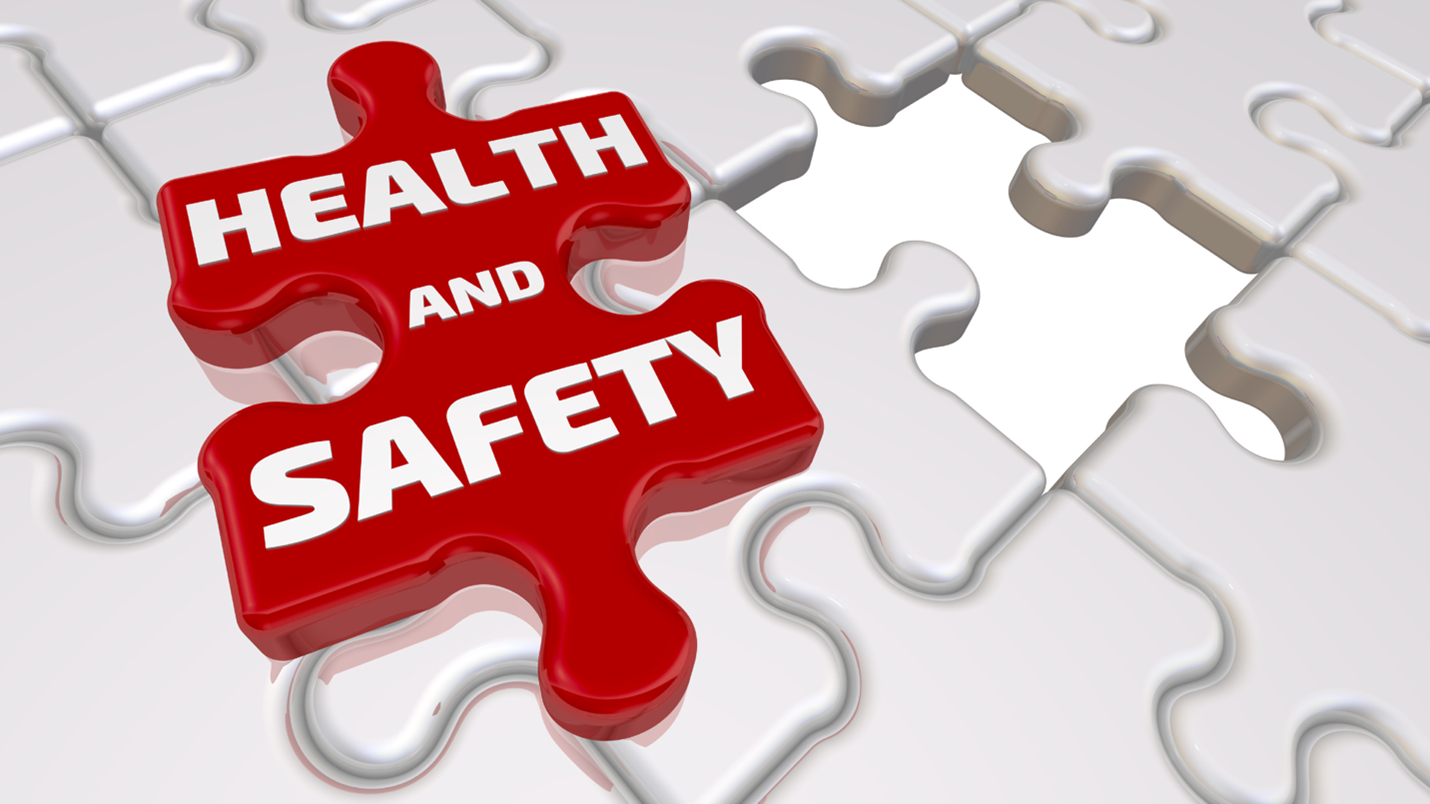
Health and Safety at Work Training
Keeping employees safe and healthy is essential; solid Health and Safety at Work Training is key to achieving this goal. In this blog, we will look at the value of such training and explore how it safeguards employees and contributes to businesses’ overall success and resilience. The Essence of Health and Safety Training: Mitigating Risks […]... Learn more
-

Best Practices When Transporting Dangerous Goods by Vessel Ship
Transporting dangerous goods by vessel requires careful consideration and adherence to stringent safety protocols to mitigate risks and ensure the well-being of personnel and the environment. In this blog, we’ll explore the best practices shippers and organizations should follow when transporting dangerous materials by sea. Compliance with International Regulations First and foremost, compliance with international […]... Learn more
